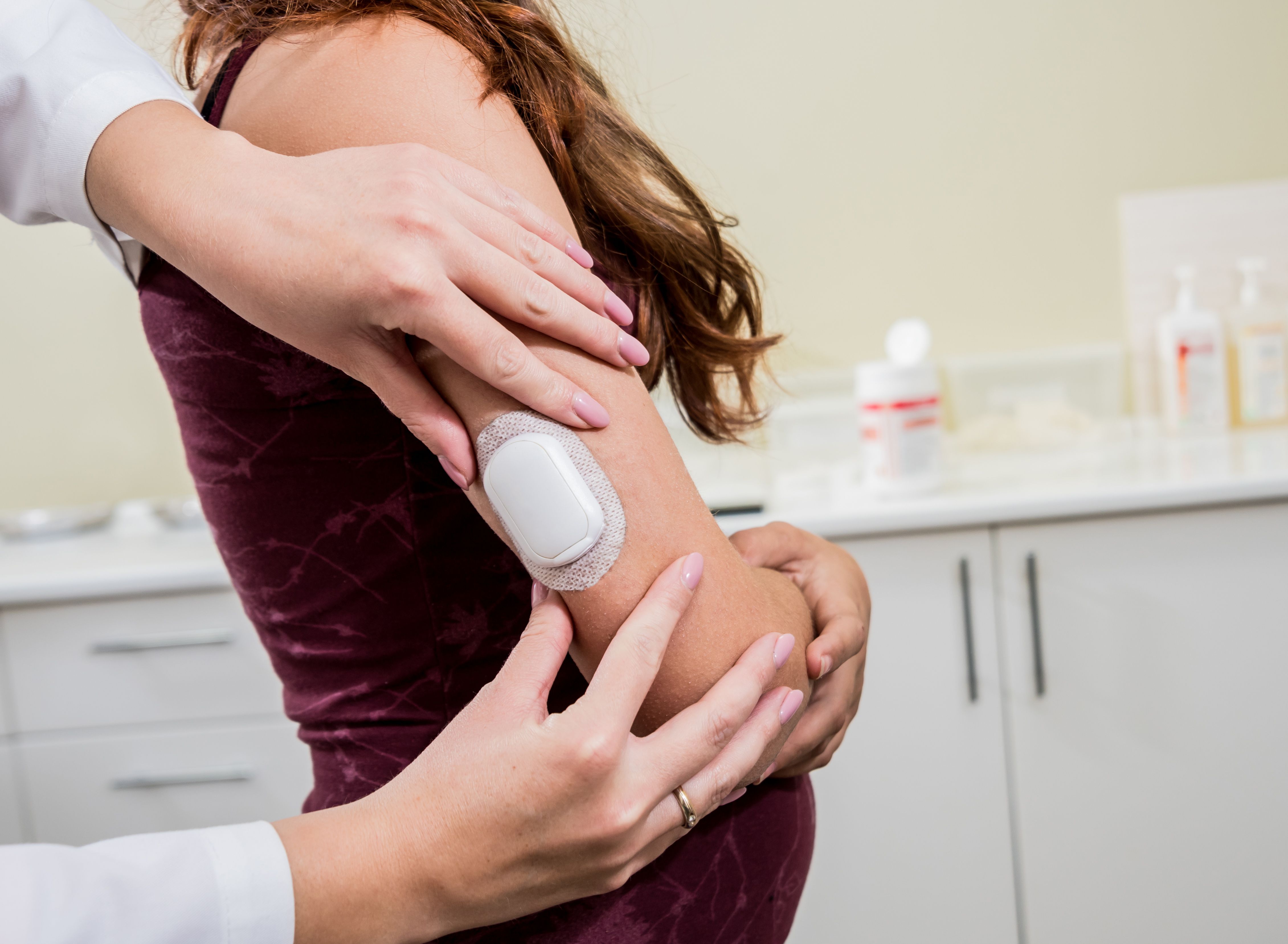Guiding clinicians on continuous glucose monitors
Jane Jeffrie Seley of Weill Cornell Medicine talks about the need to reach primary care physicians and talks about caring for patients in hospitals.
Individuals with diabetes need to know their glucose levels.
Patients have better chances of managing diabetes with continuous glucose monitors if they are getting guidance from clinicians, experts say.

Jane Jeffrie Seley of Weill Cornell Medicine likens patients with diabetes who don’t monitor their glucose to walking across a busy street with their eyes closed.
A diabetes nurse practitioner, Seley is an assistant professor of medicine at Weill Cornell Medicine in New York City. She is also a consultant for the technology special interest group of the American Diabetes Association. She says continuous glucose monitoring systems can be vital tools in helping individuals with diabetes manage their condition and lead an active life.
“The most important value of a continuous glucose monitor is that early warning system. It's going to tell that person, ‘Hey, if you don't do anything in 20 or 30 minutes, you're going to be low or you're going to be high.’ And you now have the opportunity to change that,” Seley says.
She calls continuous glucose monitoring systems “the standard of care for people with diabetes.”
In an interview with Chief Healthcare Executive®, she talked about the importance of helping patients get the most out of glucose monitoring systems. She also discussed the need for primary care physicians to be knowledgeable about glucose monitoring systems, and offered guidance for hospitals and health systems as well.
Patients are going to do better with glucose monitoring systems if they are given instruction from a doctor, she says.
“Teaching people how to utilize the data is a very important part of continuous glucose monitoring,” Seley says.
If individuals just buy the devices on their own, it’s not likely to be as beneficial, she says.
“Healthcare professionals being involved in the onboarding and in the reviewing of the data, at least from time to time, that really increases the value of it,” Seley says.
Seley and other experts in diabetes care are working more to guide primary care doctors in both treating the disease and using continuous glucose monitoring systems.
“We're trying to get primary care on board to know everything that we know,” she says. “And I think that's such an important initiative.”
Seley says reaching out to more primary care physicians about continuous glucose monitoring systems and providing better diabetes care is a work in progress. She says she’s encouraged that more providers are integrating the data from continuous glucose monitoring systems into patients’ electronic medical records, making it easier for clinicians to access that data.
The next step is helping clinicians understand the data, she says. There is an internationally recognized standard, called the ambulatory glucose profile, which offers a summary and targets for patients utilizing continuous glucose monitoring systems.
Physicians can also consider using telehealth visits as a way to follow up with patients and go over their results, which could make it easier for patients and clinicians. Providers can schedule other visits virtually, and they could consider tapping nurse practitioners and registered nurses to handle those visits. Those telehealth appointments can also be tools to help patients adjusting their diet or answering other questions.
“People with diabetes, if they're not at goal, the more you see them, the greater the chances of achieving their goals,” Seley says.
Seley also outlined considerations for health systems in treating patients with diabetes in the hospital.
She stresses that patients who are already wearing continuous glucose monitors and insulin pumps should be allowed to continue to use those devices.
“Almost everybody that wears a pump now is wearing a CGM,” Seley says. “They don't want to take it off. How we're going to manage their diabetes is not going to be as good as these new devices. Insulin pumps today have automated insulin delivery in real time.”
Health systems should look to utilize nurse practitioners with experience in treating patients with diabetes where possible, though Seley acknowledges there aren’t enough to fill the demand.
Again, she points to the potential of telehealth as a tool for hospitals to enable better care. If they don’t have enough expertise in house, they can look outside to help manage patients with diabetes and offer guidance remotely.
“I think that every single hospital should have the capability of contracting with someone else from the outside, within their system or not,” she says.
Hospitals should have written policies for managing patients with diabetes. She also notes the American Diabetes Association offers policies and guides for caring for patients with diabetes.
The American Diabetes Association has recently formed a partnership with The Leapfrog Group to recognize hospitals who are excelling in caring for patients with diabetes.
Health systems should also look at training staff in improving care for patients with diabetes, including the use of continuous glucose monitoring systems.
“Everyone is supposed to be offered a CGM if they have diabetes at this point, whether they take insulin or not,” Seley says.
Telehealth faces a looming deadline in Washington | Healthy Bottom Line podcast
February 12th 2025Once again, the clock is ticking on waivers for telemedicine and hospital-at-home programs. Kyle Zebley of the American Telemedicine Association talks about the push on Congress and the White House.